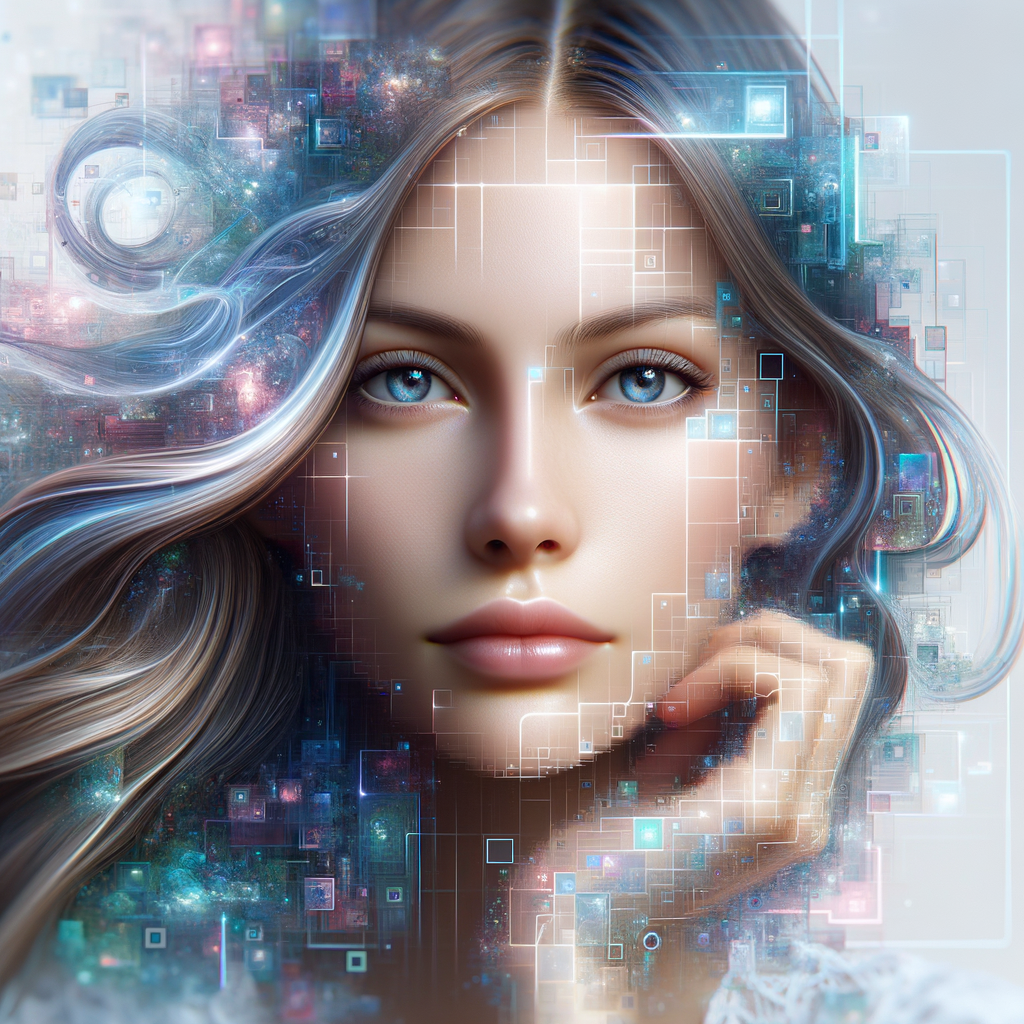
Generative AI: Shaping the Future of Content Creation and Beyond
This blog post delves into the transformative power of generative AI in the realm of content creation. Explore how advanced algorithms are revolutionizing creative fields such as writing, art, and music, and discover the tools and techniques driving this innovation. Join us as we examine the future landscape of AI-generated content and its implications across various industries.
Generative AI: Shaping the Future of Content Creation and Beyond
Introduction
In recent years, the capabilities of artificial intelligence have expanded beyond traditional data analysis and predictive modeling. Among these burgeoning areas, Generative AI stands out as a transformative force, particularly in content creation. This blog post will explore the inner workings of generative AI, its applications, challenges, and the ethical considerations surrounding its use.
Understanding Generative AI
Generative AI refers to algorithms that enable machines to produce content that is virtually indistinguishable from that generated by humans. These algorithms use techniques derived from machine learning, such as neural networks and deep learning, to analyze existing data and create new, original outputs.
Key Components
- Neural Networks: The backbone of most generative AI models, neural networks mimic the way human brains process information.
- Variational Autoencoders (VAEs): These algorithms learn to encode input data into a compressed form and then decode it to produce new, altered versions.
- Generative Adversarial Networks (GANs): GANs consist of two neural networks contesting with each other to improve the quality of generated content.
Applications of Generative AI
Generative AI is revolutionizing several fields:
- Writing: AI models like GPT-3 are now able to produce coherent and contextually relevant texts, from articles to poetry.
- Art: Tools such as DALL-E generate intricate artwork from textual descriptions, opening new pathways for digital creativity.
- Music: AI composition tools create music, assisting composers and providing novel melodies and harmonies.
- Film and Animation: AI can generate models and animations, drastically reducing production costs.
- Virtual Worlds: In gaming and virtual reality, AI-generated landscapes and characters enrich user experience through vast, dynamic universes.
The Challenges of Generative AI
With the growing ability of AI to craft creative content, several challenges emerge:
- Quality Control: Ensuring output is not only creative but also sensible and contextually appropriate.
- Bias and Ethics: AI systems may inherit biases present in training data, necessitating diverse and unbiased data sets.
- Intellectual Property: The legal landscape surrounding AI-generated content remains underdeveloped.
The Future Landscape
Generative AI is poised to redefine multiple industries. Here are potential future impacts:
- Robust Content Creation: Automated generation will enable mass content production tailored to personal preferences and needs.
- AI as Collaborators: AI might evolve from merely a tool to a collaborative partner in the creative process, offering suggestions and refining human ideas.
- Innovation in Design: As AI systems become more adept at understanding context and nuance, they will fuel innovation in design fields, from architecture to fashion.
Conclusion
Generative AI offers an exciting frontier in technological development, promising to augment human creativity and productivity. However, its potential must be harnessed responsibly, with careful consideration of ethical and practical challenges. As technology progresses, the blend of human ingenuity and machine generated content will push the boundaries of what we consider possible.